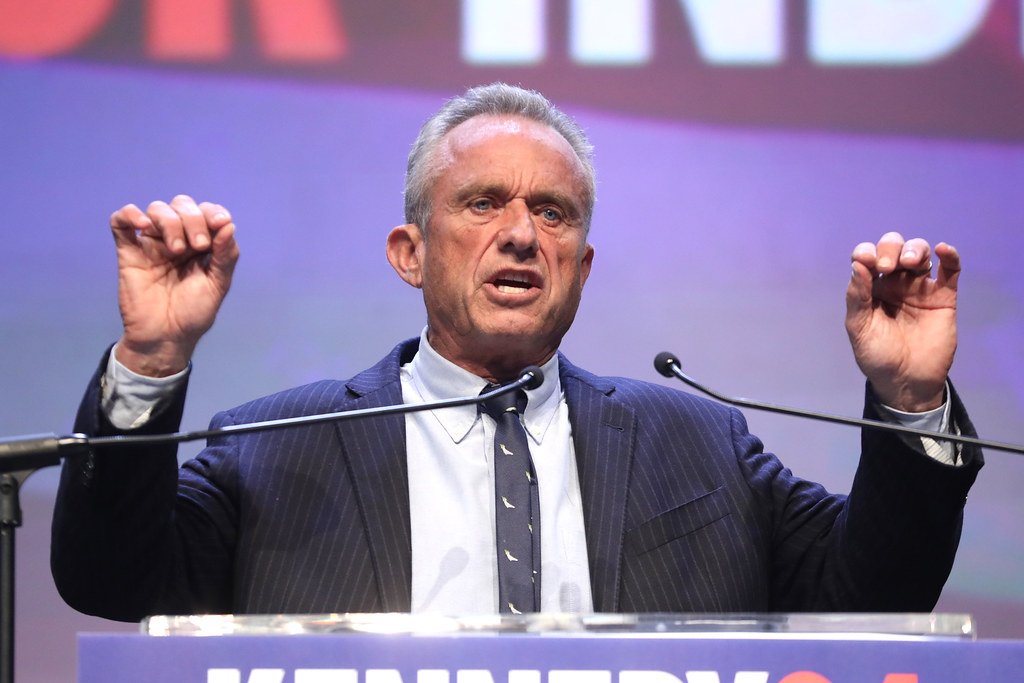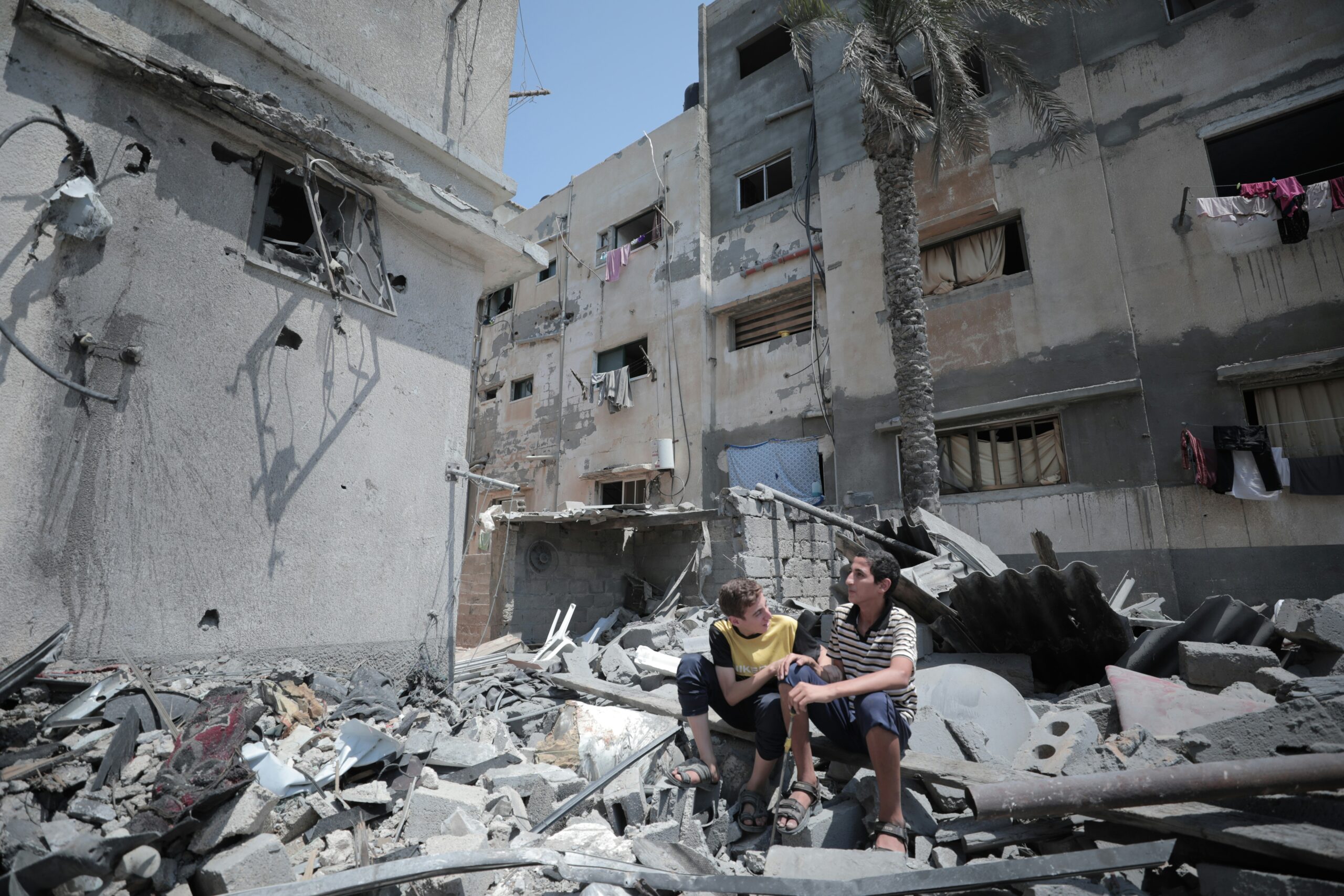Since returning to the White House, Donald Trump has dramatically escalated global tensions by issuing aggressive diplomatic, economic, and military threats that have deeply unsettled international relations. Below are the most notable incidents involving threats that could potentially lead to military conflict or severe diplomatic crises in 2025:
Annexation of Canada
Throughout early 2025, Trump repeatedly floated the alarming idea of annexing Canada or turning it into the 51st state. Though often presented rhetorically, the frequency and seriousness of these suggestions led Canadian authorities to publicly condemn the remarks as dangerous and provocative. Trump’s administration argued that closer integration with Canada was necessary to better secure borders and resources, fueling fears of a potential territorial conflict.
Canada’s former Prime Minister, Justin Trudeau, responded by reinforcing Canada’s sovereignty, explicitly rejecting any suggestion of political integration. Trudeau mobilized diplomatic channels to seek assurances from other international leaders that Canada’s autonomy would be respected and protected.
Mark Carney, the new Prime Minister of Canada, has doubled down, and in some ways, chosen stronger rhetoric in his responses to Donald Trump. Carney’s consistent, crisp and clear opposition to the US president has left him with a glowing approval rating, which provided him enough confidence to call for an election.
Canadian citizens reacted with widespread outrage and concern, staging protests and demanding that their government take firmer action to prevent further escalations. Canadian stores have removed American proucts, and stores that opted not to, faced boycotts of their own. The situation increased domestic pressures within Canada, as fears of potential militarization along the shared border grew.
Military Intervention in Mexico
Trump repeatedly hinted at the possibility of unilateral military action against Mexican drug cartels, significantly escalating tensions. In March, his administration explicitly stated that “all options are on the table,” indicating potential cross-border military operations without Mexico’s consent. Mexican President Claudia Sheinbaum strongly condemned these threats as violations of national sovereignty, sparking intense diplomatic friction.
Mexico intensified diplomatic outreach to allies in Latin America and Europe, seeking support and international condemnation of Trump’s aggressive stance. Military analysts warned that unilateral U.S. action could severely destabilize Mexico, triggering widespread violence and humanitarian crises.
Despite the severe diplomatic tensions, some U.S. officials continued to push for military action, arguing it was necessary to secure American borders and dismantle powerful cartels, creating a persistent threat of military escalation.
Threatening Rhetoric on Greenland
Reviving an earlier idea from his previous administration, Trump frequently suggested acquiring Greenland from Denmark, using economic and diplomatic threats disguised as friendly overtures. Denmark and Greenland firmly rejected Trump’s proposals, calling them absurd and unacceptable provocations. Trump’s persistent rhetoric raised concerns about potential coercion or economic retaliation.
Danish Prime Minister firmly rebuffed Trump’s advances, declaring Greenland’s sovereignty was non-negotiable. Greenlandic officials also reiterated their autonomy, emphasizing the region’s self-governance and dismissing Trump’s proposals as inappropriate and disrespectful.
The repeated aggressive overtures strained Denmark–U.S. relations significantly, with Danish officials privately expressing concern about potential economic repercussions and diplomatic isolation resulting from their firm stance.
Purchasing Gaza
In perhaps his most bizarre threat, Trump had said that he would be given the Gaza Strip in Palestine. The president went on to claim that the USA would displace all of the Palestinians in the area, before retracting the statement. The rhetoric around Gaza took a strange and worrying turn, when the idiot-in-chief shared an AI generated video of a gold-emblazoned Strip, made in the image of the US President.
We’re unsure, here at the Crustian Daily, if the plan remains on the table for the president, as the region around Israel dismissed it as ‘lunacy’. International Organisations and NGOs have signaled that the proposed move would be a massive breach of humanitarian law.
Arab nations submitted an alternative plan for the reconstruction of the Gaza Strip, which has been dismissed by Israel and the USA.
Military and Diplomatic Pressure on Panama
The Trump administration intensified its criticism and threats toward Panama, accusing it of inadequately addressing drug trafficking and migration routes. Trump implied potential U.S. military intervention or forceful diplomatic actions unless Panama significantly tightened its border and maritime controls. Panamanian officials reacted by condemning Trump’s threats, warning against any violation of their sovereignty.
Panama reached out to international bodies, including the Organization of American States, requesting diplomatic support and intervention to defuse escalating tensions. Internally, Panama bolstered its own security measures along its borders and maritime zones, bracing for possible confrontation.
Ukraine Ultimatum
In a heated Oval Office meeting in February, Trump threatened Ukrainian President Volodymyr Zelenskyy with the withdrawal of U.S. military support unless Ukraine swiftly agreed to peace terms with Russia. This aggressive diplomatic stance alarmed European allies, who feared Trump’s approach could encourage further Russian aggression or lead Ukraine into unfavorable peace terms.
Zelenskyy publicly resisted Trump’s demands, asserting that Ukraine required a fair and sustainable peace rather than forced concessions. European nations rallied in support of Ukraine, voicing strong opposition to any U.S. withdrawal of aid.
The confrontation triggered urgent diplomatic negotiations within NATO, aiming to reassure Ukraine and prevent a weakening of the alliance’s unified stance against Russia.
Leak of Military Plans in Yemen
The inadvertent leak by Trump’s administration of sensitive operational details regarding planned military strikes against Houthi rebels in Yemen posed significant immediate risks. The disclosure, described as reckless by intelligence officials, jeopardized military personnel and operations, escalating fears of retaliatory strikes or diplomatic backlash from affected countries.
Yemen and its regional allies condemned the leak, accusing the U.S. of dangerously compromising regional stability. The incident sparked intense debate within the U.S. about internal security procedures and highlighted the administration’s problematic handling of classified information.
Escalation Through Tariffs
Trump consistently weaponized tariffs in 2025, imposing severe economic penalties against Canada, Mexico, China, and Colombia. These actions, intended to enforce Trump’s political and diplomatic demands, repeatedly raised the specter of economic warfare and significant diplomatic crises. Nations targeted by these tariffs prepared retaliatory measures, risking extensive economic damage and further diplomatic destabilization.
Global markets reacted nervously, with international trade organizations warning of potential recessions triggered by sustained tariff conflicts. Businesses in affected nations lobbied their governments to seek diplomatic resolutions, fearing significant disruptions to trade and investment.
Economists warned that prolonged economic warfare could severely damage global economic stability, highlighting the high stakes of Trump’s aggressive tariff strategy.
In just a few months, Trump’s aggressive and provocative policies have heightened fears of potential conflicts or wars, reshaping international relations and placing multiple regions around the globe on high alert. His unprecedented threats have created a climate of uncertainty and tension, challenging global diplomatic norms and the stability of international order.
Author
Discover more from The Crustian Daily
Subscribe to get the latest posts sent to your email.













